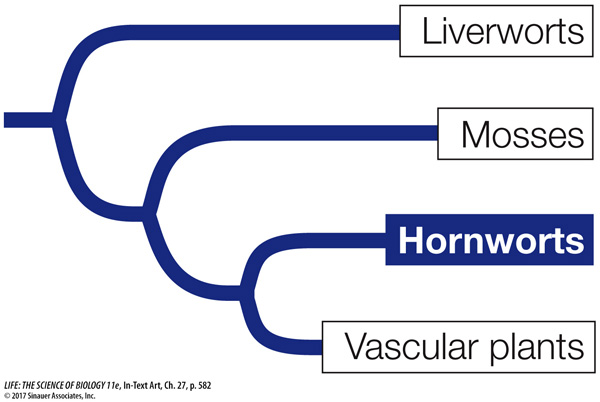
Figure 27.11 Hornworts Get Their Name from Their Hornlike Sporophytes Unlike liverworts and mosses, hornworts have sporophytes that are persistently green. The hornworts share this trait with the vascular plants.
Hornworts have several characteristics that distinguish them from liverworts and mosses. First, the cells of hornworts each contain a single large, platelike chloroplast, whereas the cells of the other two groups contain numerous small, lens-shaped chloroplasts. Second, of the sporophytes in all three groups, those of the hornworts come closest to being capable of growth without a set limit. Liverwort and moss sporophytes have a stalk that stops growing as the sporangium matures, so elongation of the sporophyte is strictly limited. The hornwort sporophyte, however, has no stalk, and it is persistently green (a trait shared with vascular plants). A basal region of the sporangium remains capable of indefinite cell division, continuously producing new spore-bearing tissue above. The sporophytes of some hornworts growing in mild and continuously moist conditions can become as tall as 20 centimeters. Eventually, however, the sporophyte’s growth is limited by its simple transport system.
Hornworts have a symbiotic relationship with cyanobacteria that promotes their growth by providing them with access to nitrogen, which is often a limiting resource. Internal cavities of hornworts that are filled with mucilage can dry out, forming air-filled cavities through which cyanobacteria can enter. Cyanobacteria such as Nostoc convert atmospheric nitrogen gas into a form usable by their host plant; in return, the hornwort provides the symbiont with carbohydrates.

